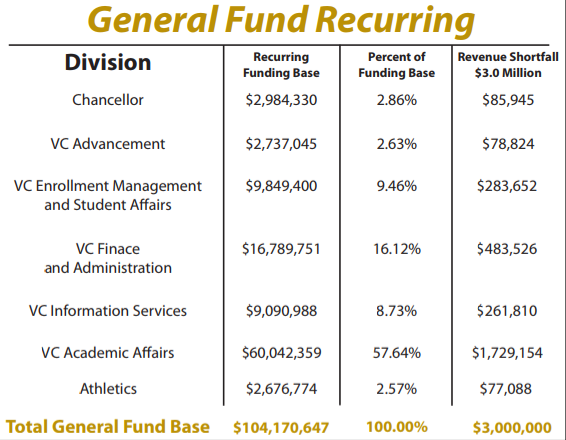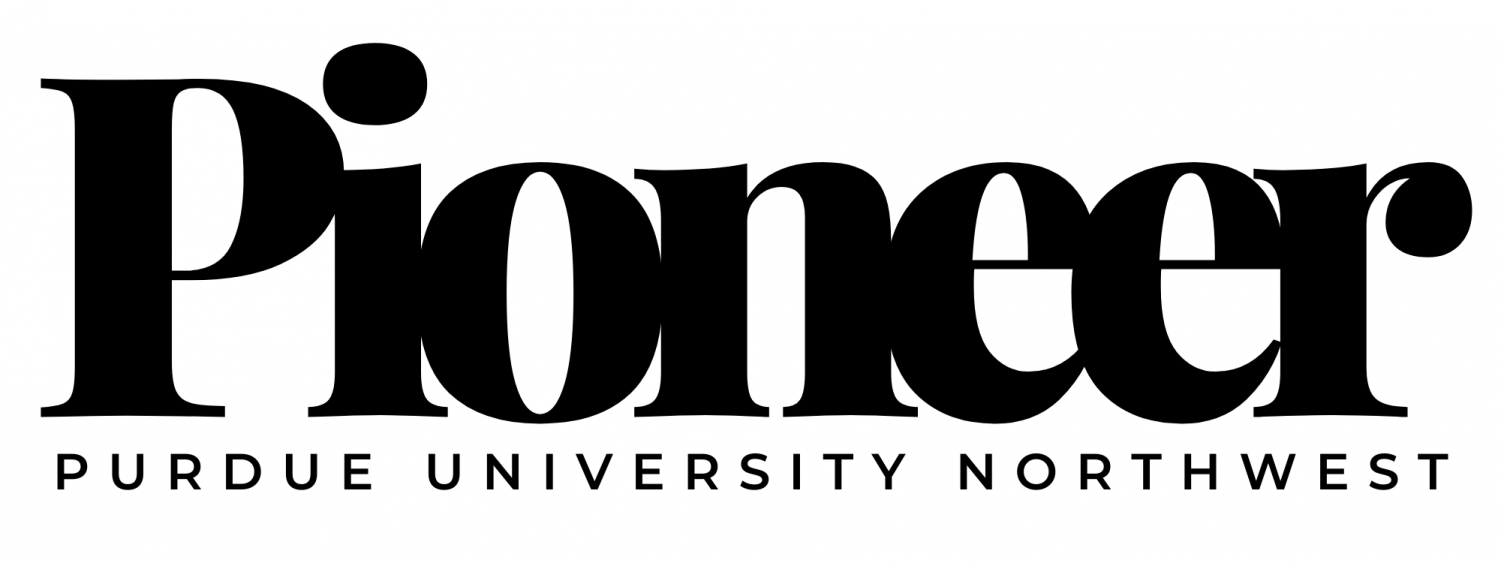Changes to cost set for 2018
Out-of-state tuition will decrease to solve budget deficit

Information from this graph provided by Steven Turner from the Faculty Senate meeting on Oct. 15.
Out-of-state tuition rates will be lowered to 1.5 times the in-state tuition rate for non-resident students, effective immediately in fall 2018 to solve the $3 million budget deficit. The Board of Trustees approved the new rate structure on Oct. 13. Only domestic students who are new freshmen, new transfers or new graduate students will be eligible for the lower tuition rate.
The Board of Trustees approved the new rate structure on Oct. 13. Only domestic students who are new freshmen, new transfers or new graduate students will be eligible for the lower tuition rate.
In fall 2018, there are plans to create a three-tier tuition structure. The first tier is to find affordable tuition for in-state students; the second tier is to install discounted tuition for non-residents; and the third tier is to establish a new tuition rate for international students.
“Any non-resident who is a U.S. student will be offered 150 percent of what our in-state students get,” Stephen Turner, vice chancellor of Finance & Administration, said at the Faculty Senate meeting on Oct. 13.
The Hammond campus is located three miles from the Illinois state line and the Westville campus is less than 40 miles from Illinois and 22 miles from Michigan. In an email sent out to faculty and staff on Oct. 13, Chancellor Thomas L. Keon said that PNW attracts many students from the surrounding states.
“Student-athletes and top students from all over the country are recognizing the Purdue Northwest name and are interested in attending PNW. We offer a quality degree distinguished by opportunities for real-world experience at an excellent value. This new tuition and fee structure will help to make that degree more affordable to students from outside Indiana who can take advantage of all that we have to offer,” Keon said.
Turner said the reason to change tuition is because of the enrollment decline on both campuses that has caused losses in general fund credits.
Forty percent of PNW’s operation comes from tuition and 60 percent comes from the state of Indiana. Between the academic years of 2015- 2018, enrollment declined by 16.6 percent. In fall 2017 alone, enrollment dropped 4.5 percent overall for both campuses. The loss in general funds along with other factors leaves a total revenue shortfall of $3 million.
“This time last year we were anticipating up to $8 million deficit,” Turner said. “Good news is that it’s not $8 million. Bad news is that it’s $3 million.”
An additional 5,000 students are estimated to be needed to fill the revenue gap. Banded tuition will be established in fall 2018. Students will be charged a single tuition amount instead of per credit hour if they take up to 12-18 credits a semester. Turner hopes that the banded tuition and the discounted tuition for out-of-state students will fill the gap. If it does not, there is a two-year recovery plan set in place.
Carmen Panlilio, vice chancellor of Enrollment Management and Student Affairs, said at the Faculty Senate meeting on Oct. 13 that many of PNW’s students come from Cook County, Illinois and are the third largest applicants admitted into the university. She believes that the discounted out-of-state tuition will help to increase enrollment.
Friday, Oct. 20 is the next Budget Advisory Committee meeting to discuss more plans on how to solve the budget deficit.
“I suggest to you that we cannot and should not do the same thing in the past. We must do things differently and find ways to grow enrollment and to protect the budget,” Turner said. “We have to be different and we have to be better.”




Mia Giron • Feb 13, 2018 at 8:27 pm
It is wonderful to hear of the new budget changes PNW is making in an effort to provide a quality education at a more affordable rate for Indiana, Illinois and other surrounding state natives. I’m a Cook County, Illinois transplant who has found great refuge here in Central Indiana to escape the state-wide budget crisis in Illinois. Keep up the great work PNW!